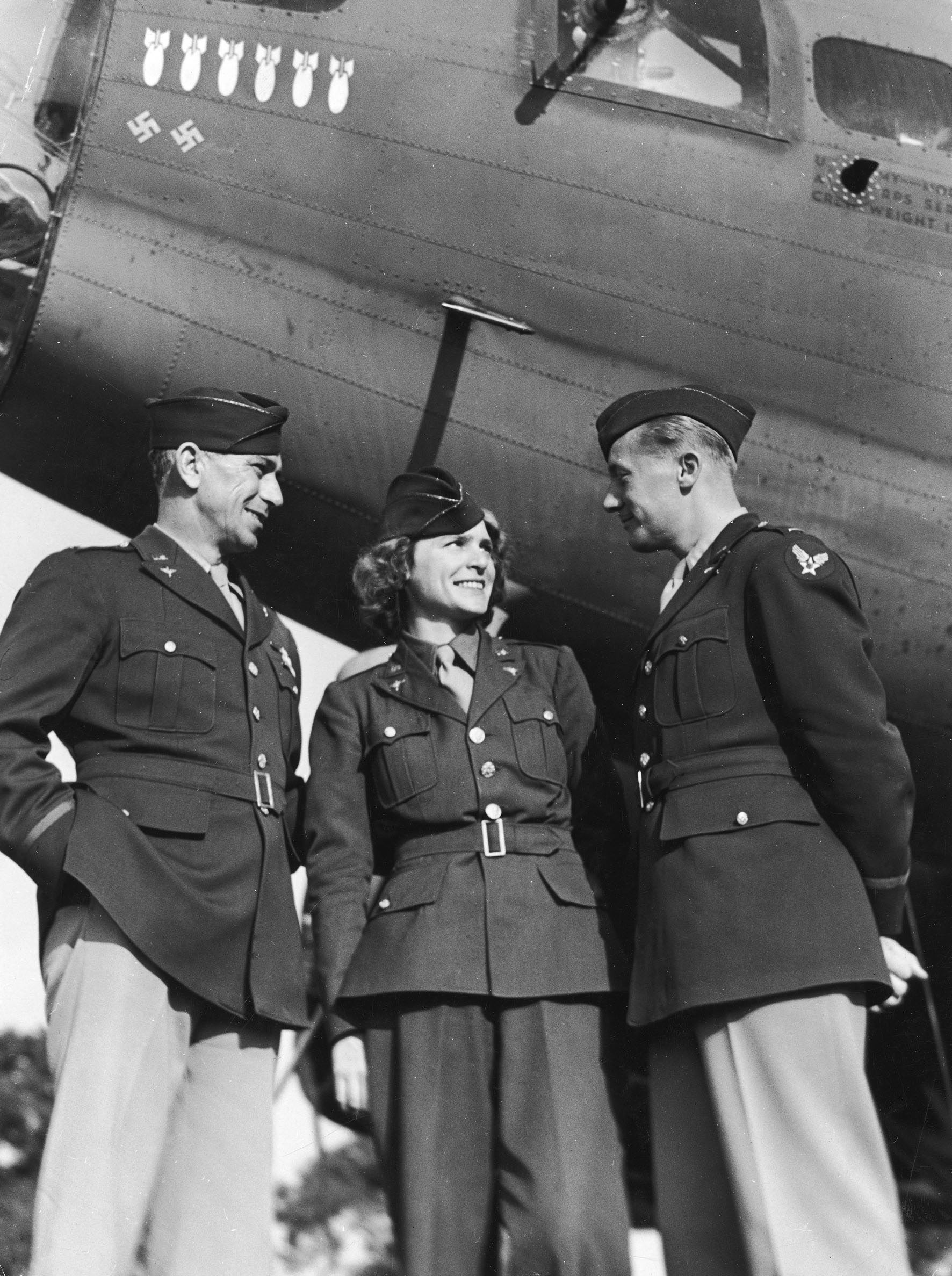
Howard Greenberg Gallery, New York © Time & Life / Getty Images
Margaret Bourke-White »
Moments in History 1930-1946
Exhibition: 16 May – 1 Sep 2013
Kunstfoyer der Versicherungskammer Bayern
Maximilianstr. 53
80530 München
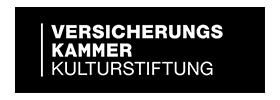
Kunstfoyer
Maximilianstr. 53
80530 München
+49 (0)89-2160 2244
kunstfoyer@vkb.de
www.versicherungskammer-kulturstiftung.de
daily 9:30 - 18:45
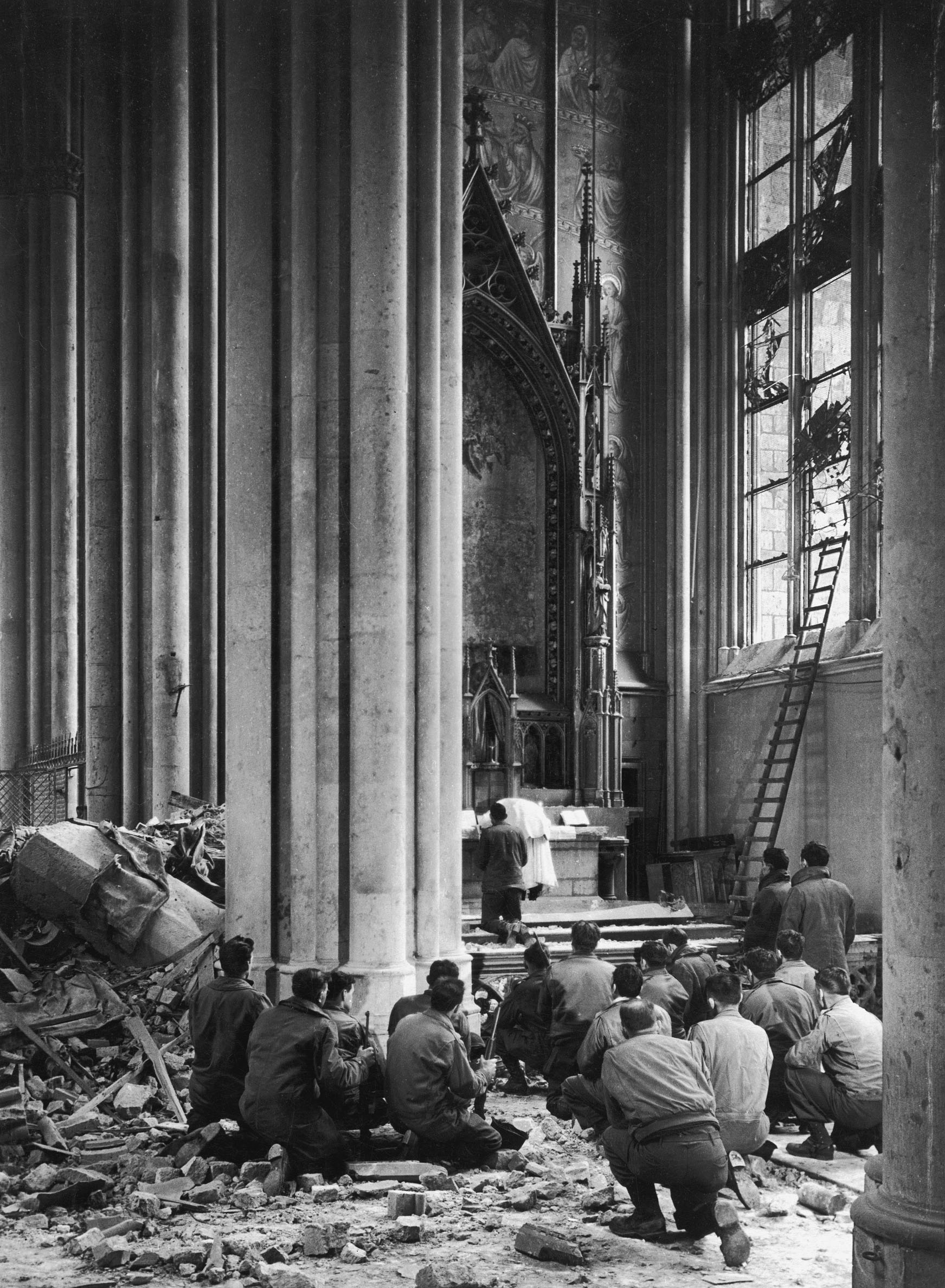
holding a mass for American GIs in the damaged Cologne Cathedral, Germany, March 1945
Syracuse University Library Collection, New York © Time & Life / Getty Images
Margaret Bourke-White
Moments in History. 1930 - 1946
Exhibition: 16. Mai bis 1. September 2013
„She was the first woman to photograph the steel mills; the first to belong to the team of photographers for Fortune and Life Magazines; the first foreigner to photograph the Soviet Union in 1930; the first female photographer to work for the U.S. Air force ( the first uniform for a female war correspondent was designed for her); the only foreign photographer present in Moscow when the first German bombs fell on the city on July 19, 1941, right after the war between Russia and Germany began.” Oliva María Rubio
In the male-dominated world of American photography Margaret Bourke-White (1904–1971)was a media star. Her portrait in flying gear setting off on a bombing raid, smiling and holding a camera in her left hand, was a favourite pin-up of the forces. Margaret Bourke-White always had to fight to get on. She wouldn’t let closed doors keep her out. The cover photo oft he first ever issue of Life for November 1936 was by her, and to keep things simple she wrote the story behind it as well. The exhibition presenting the work of the photographer consists of 154 photographs, books, letters and periodicals. The focus is on the pictures she took in the 1930s and 40s in the former Soviet Union, former Czechoslovakia, Germany, the UK and Italy. Also shown are such typical Bourke-White photographs asthose she did for Eastern Airlines and the Chrysler Corporation. In the documentation section some of her word-picture sequences for the photo magazines Fortune and Life are on view as well as extracts from her correspondence with personalities from the worlds of politics and culture, such as Winston Churchill and Georgia O’Keeffe. Her pictures testify to her “unquenchable desire to be present when history is being made”, as she herself put it. Bourke-White wanted to be the “eyes of the age”. For Life magazine, then one of the best known and most ambitious ventures in photojournalism, she travelled around the whole world. Her career began in 1927 in Cleveland, where she photographed the city’s steel mills. She traveled to the USSR when the first five-year plan was being implemented, and documented the droughts of 1934 in the USA, the German invasion of the Soviet Union in 1941, and the Allied bombing of Germany. In summer 1945 she was commissioned by Life magazine to make a photographic record of the destroyed German cities. Bourke-White was present at the liberation of the Buchenwald concentration camp and the Leipzig-Mockau forced labour camp. Her photo “The Living Dead of Buchenwald” went around the world. Her pictures often graced the covers of Life, for which she worked for many years. Sometimes she made the headlines herself, as when on 22 January 1943 Life magazine published her report on an air raid on the El Aouina airfield in Tunis – the Germans’ main air base for supplying their troops in North Africa from Sicily – under the title “Life’s Bourke-White Goes Bombing”. Her pictures stand for an era.
The exhibition was curated by Oliva María Rubio. An exhibition by La Fábrica Madrid in cooperation with the Kunstfoyer of Versicherungskammer Bayern (Munich), Martin-Gropius-Bau (Berlin), the Preus-Museum Norway and the Fotomuseum Den Haag and Syracuse University, Syracuse, USA.
Publication:
Margaret Bourke-White. Moments in History
La Fábrica, Madrid 2013
Authors: Oliva María Rubio, Sean Quimby
Hardcover 26,7 x 22,6 cm, 191 pages, 150 pictures, english
ISBN 978-84-15303-96-1
35 Euro
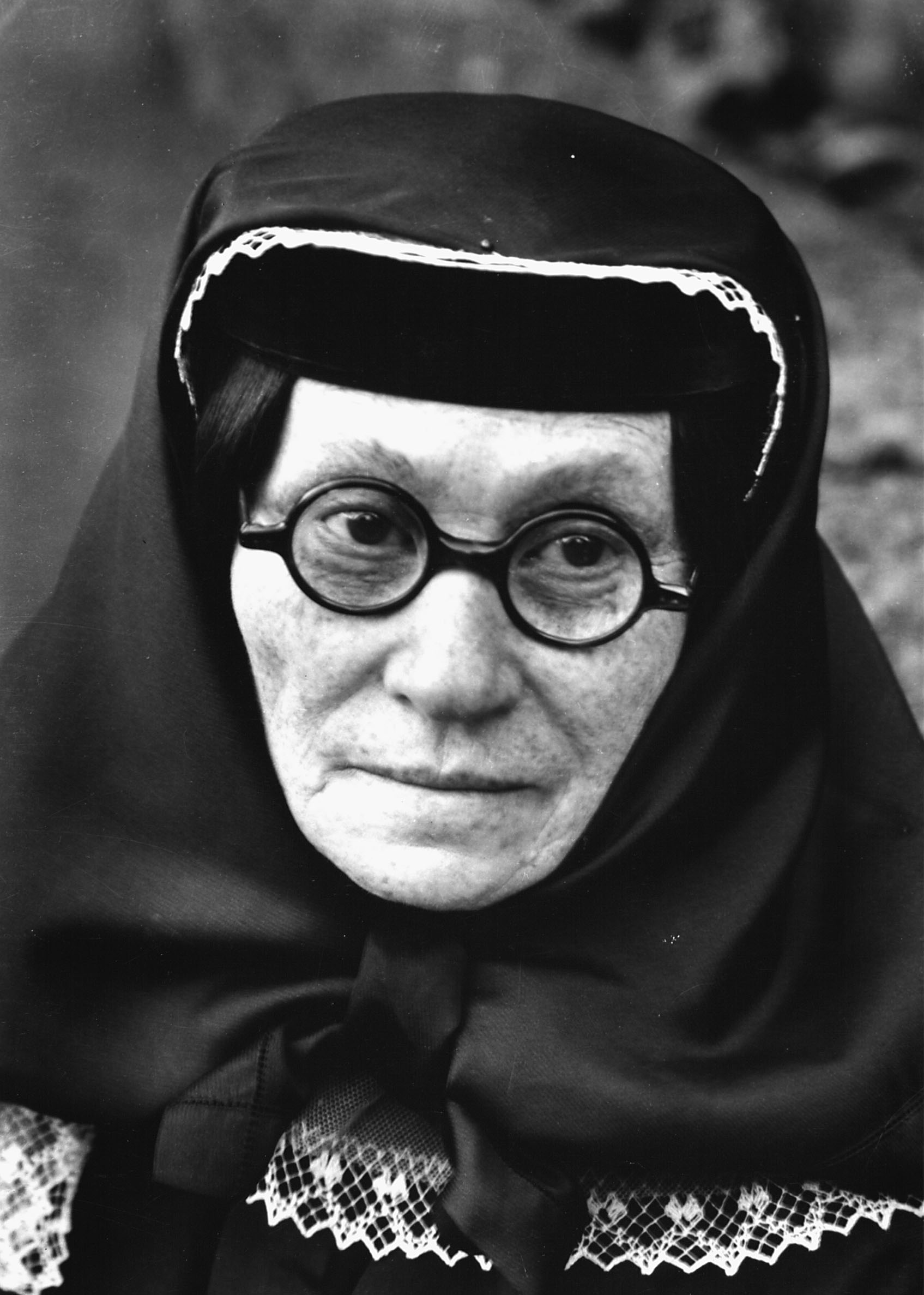
Tiflis, Soviet Union, 1931
Syracuse University Library Collection, New York © Time & Life / Getty Images
Margaret Bourke-White
Moments in History. 1930 - 1946
Ausstellung: 16. Mai bis 1. September 2013
Margaret Bourke-White (1904–1971) gehört zu den Pionieren des Foto-Essays. In der männlich dominierten Fotografenszene war sie ein Medienstar. Ihr
Portrait in Fliegermontur während eines Bombereinsatzes, die Kamera lächelnd in der linken Hand, war ein beliebtes Motiv bei den Soldaten. Doch sie musste stets für ihre Karriere kämpfen. Von verschlossenen Türen ließ sie sich nicht beeindrucken. Ihre Bilder zeugen von ihrem „unstillbaren Wunsch dabei zu sein, wenn Geschichte geschrieben wird“, wie sie es selbst formulierte.
Die Ausstellung präsentiert das Werk der amerikanischen Fotografin mit 150 Originalabzügen, Briefen, Publikationen und Zeitschriften. Den Schwerpunkt
bilden ihre Aufnahmen der 1930er und 40er-Jahre, die in der Sowjetunion, der Tschechoslowakei, Deutschland, England und Italien entstanden sind.
Zudem werden ihre Auftragsarbeiten für Eastern Airlines und die Chrysler Corporation gezeigt. Im Dokumentationsteil der Ausstellung sind einige
ihrer Wort-Bild-Strecken der Magazine Fortune und Life zu sehen sowie Auszüge ihrer Briefwechsel mit Persönlichkeiten aus Politik und Kultur, u.a. mit Winston Churchill und Georgia O’Keeffe.
Ihre Karriere begann 1927 in Cleveland. Dort fotografierte sie die Stahlgießereien der Stadt. Sie reiste nach Russland als der erste
Fünfjahresplan umgesetzt wurde, sie dokumentierte die Dürrekatastrophe 1934 in den USA, die deutsche Invasion in Russland im Jahr 1941 und das
Bombardement der Alliierten auf Deutschland. Im Auftrag des Magazins Life hielt sie im Sommer 1945 die zerstörten deutschen Städte fest. Bourke-White
war bei der Befreiung des Konzentrationslagers Buchenwald und des Zwangsarbeitslagers Leipzig-Mockau vor Ort. Ihr Foto „Die lebenden Toten von Buchenwald“ ging um die ganze Welt.
Bourke-White wollte das „Auge der Zeit“ sein. Für das Life-Magazin, damals eines der bekanntesten und ambitioniertesten Magazine für Fotojournalismus,
bereiste sie die ganze Welt. Das Titelfoto der ersten Life-Ausgabe vom November 1936 stammte von ihr. Einmal machte sie sogar selbst Schlagzeilen,
als Life am 22. Januar 1943 ihren Bericht über den Luftangriff auf den Flugplatz El Aouina in Tunis – den wichtigsten Luftwaffenstützpunkt der
Deutschen für den Nachschub von Truppen aus Sizilien – unter dem Titel „Life’s Bourke-White goes Bombing“ veröffentlichte. Ihre Bilder stehen für eine ganze Epoche.
Die Ausstellung wurde von Oliva María Rubio kuratiert. Sie wurde organisiert von La Fábrica (Madrid) in Zusammenarbeit mit dem Kunstfoyer
der Versicherungskammer Bayern (München), dem Martin-Gropius-Bau (Berlin), dem Preus-Museum in Norwegen, dem Fotomuseum Den Haag und der Syracuse University Library, USA.
Begleitbuch zur Ausstellung:
Margaret Bourke-White. Moments in History
Erschienen bei La Fábrica, Madrid 2013
Autoren: Oliva María Rubio, Sean Quimby
Festeinband 26,7 x 22,6 cm, 191 Seiten, ca. 150 Abbildungen, englisch
ISBN 978-84-15303-96-1
Museumsausgabe 35 Euro�
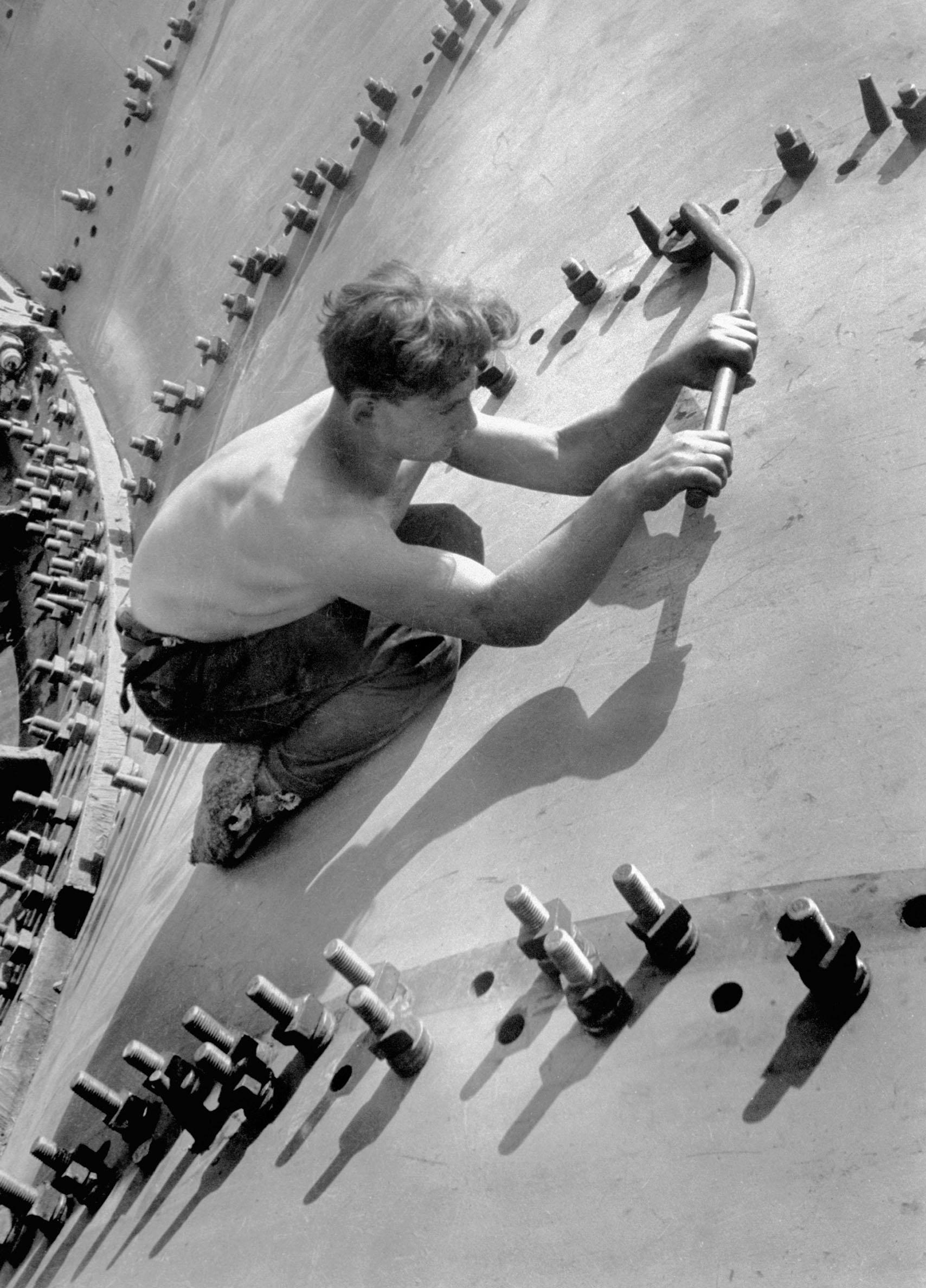
of the Dneprostroi Hydroelectric Plant near
Zaporizhia, Soviet Union (now Ukraine), 1930
Margaret Bourke White / Masters by Getty Images © Time & Life / Getty Images